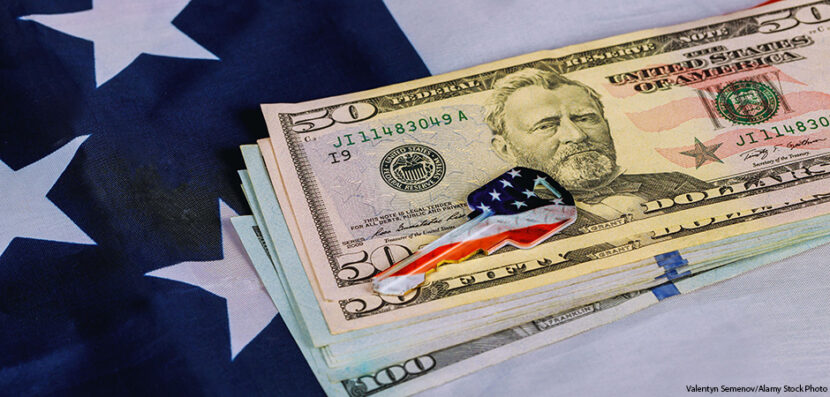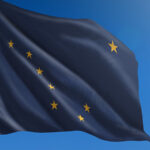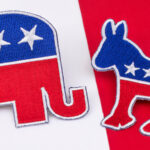2022 Midterms Will Come With Record-High Price Tag
The 2022 midterm elections are quickly becoming the most expensive elections in U.S. history. Why? And perhaps more importantly, what is the impact of so much spending? Here, Election Central looks at this unusually costly election cycle.
What is the Cost?
It is estimated that by the time Election Day comes on November 8, 2022, nearly $9.7 billion will have been spent on political ads for this election cycle. By contrast, the second-most-expensive cycle was the 2020 presidential election between President Joe Biden and Donald Trump. The 2020 ad spending reached $9 billion. And the record-holder before that was the 2018 midterm elections, when “just” $4 billion was spent on political ads. This means that since the last round of midterm elections, spending on political ads has more than doubled.
Why So Expensive?
Every two years candidates and parties are spending more money than was spent in previous years. But there are two main reasons why this year’s election cycle is costing so much more than usual. The first is that the political stakes are very high. Right now, Democrats have control of both houses of Congress, but by a razor-thin margin. Democrats and Republicans both control 50 Senate votes. Any tiebreaking votes are cast by Vice President Harris. The Democrats only have a twelve-vote majority in the House of Representatives. That means that the midterm election could very well change the majority party in one or both houses of Congress.
The second reason for higher election expenses is the large number of races on the ballot. In addition to all 435 U.S. House seats and 34 Senate seats, there are 36 governor’s races on the ballot this cycle. Several of these governor’s races are in key battleground states, such as Arizona, Michigan, Pennsylvania, and Wisconsin. Both political parties are spending a lot of money to win those races.
Will this additional spending help motivate people to vote? Generally, about 40 percent of the eligible voting population casts a ballot during midterm elections. The highest midterm turnout ever was in 2018, when 53 percent of eligible voters went to the polls.



